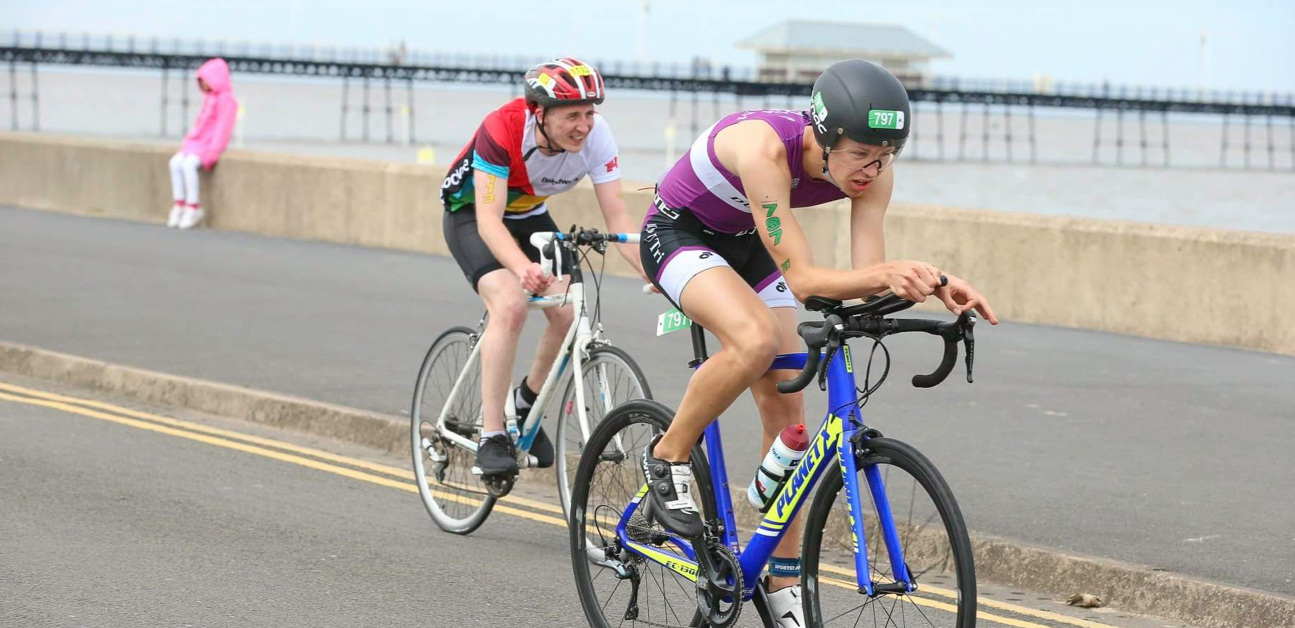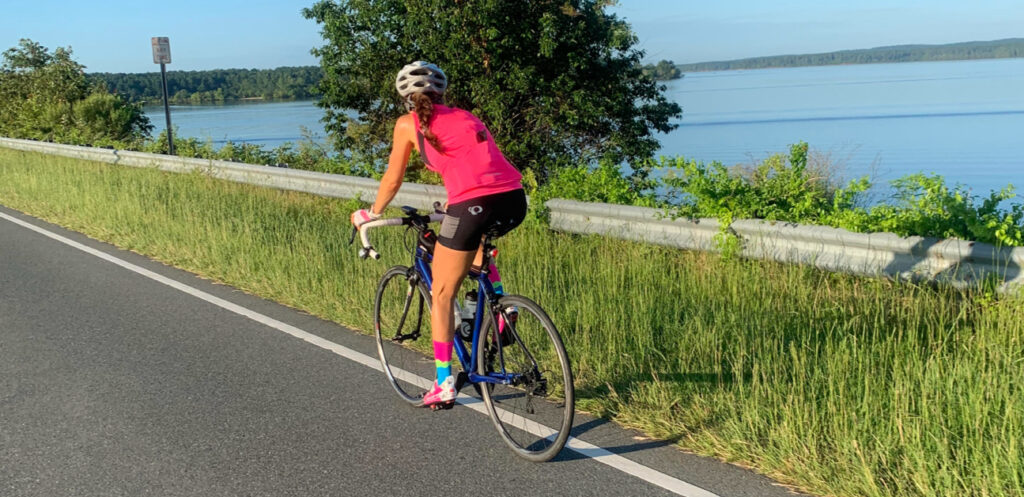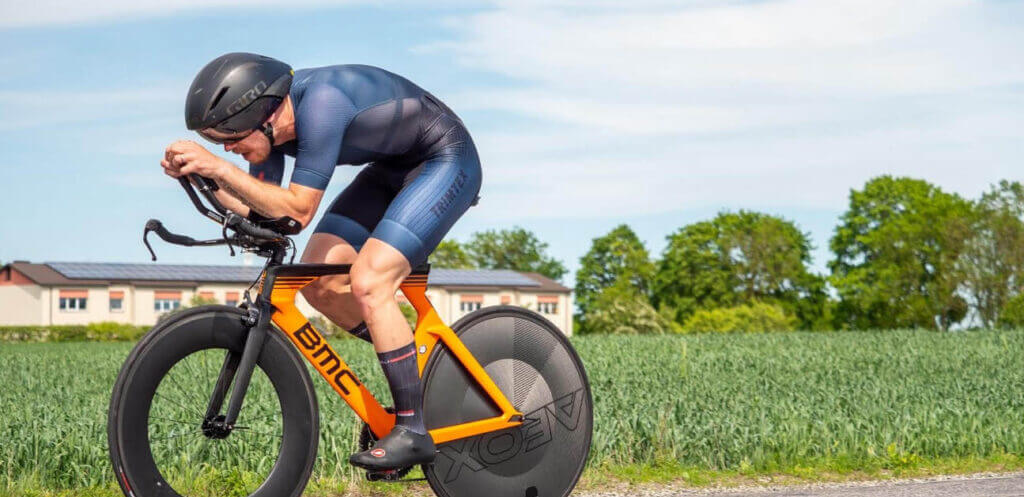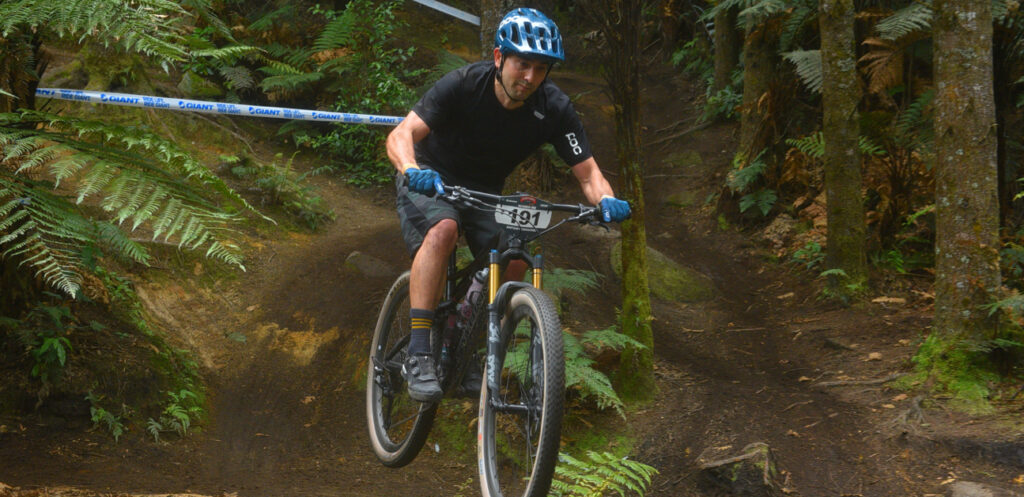Recovering from RED-S and Becoming a Healthier Athlete with Triathlete Jamie Berry

It’s true, success takes hard work. But many athletes so romanticize the physical toll of high-volume training that they ignore the warning signs when things are amiss. For triathlete Jamie Berry, promising race results told one story, but stagnating progress and ever-present fatigue told another.
Share your success story and tell us how TrainerRoad helped you reach your goals.
Jamie Berry is a 22 year-old triathlete from North Yorkshire, England. His interest in endurance sports began in high school, as he discovered a love for running and a talent for long distance events. In 2016 he completed a marathon with his dad, and shortly thereafter a friend convinced him to try a local triathlon. Much as he had with running, Jamie began to enjoy it, and again started thinking about longer events. He headed to university as the seeds of his new passion took root.
Jamie joined a triathlon club after arriving at school, and entered a few races. Although his training was still largely running-focused, he saw improvements quickly, and by the end of his first year he signed up for a Half Ironman.
Jamie began using TrainerRoad around this time, drawn to the simplicity and efficiency of the workouts and app. Each day he’d ride the workout that most closely resembled his coach’s instructions, and the consistency and structure lead to big gains on the bike. By the time his race arrived Jamie had increased his FTP by 50w, and he completed the half-distance triathlon in an impressive 4.5h.
Adaptive Training
Get the right workout, every time with training that adapts to you.
Check Out TrainerRoadSigns of Trouble
Every athlete faces stressors off the bike that can compound the burden of training. This allostatic load is easy to overlook, but can have profound impacts on recovery and health. For Jamie, university studies in geology meant 18 to 20 hours of demanding and exhausting classes each week.
Adding fuel to the fire, Jamie took a maximalist approach to training with multiple workouts between classes each day, packing as much swimming, running, and cycling into his free time as possible. Initially this high-volume approach brought fast improvements, but it also brought massive fatigue. By the time Jamie completed his Half Ironman, his progress had plateaued and he was feeling tired all the time.
Jamie wore this constant exhaustion as a badge of honor, a sign of the sacrifice he was willing to make for his sport. But conversations with other athletes indicated his symptoms were unusual. Extreme fatigue after easy workouts, constant bad moods, a lack of libido, and visibly dramatic weight loss aren’t something to celebrate. When Jamie took time off from training after his race to focus on school work, his fatigue didn’t subside, and for the first time it was clear that something was seriously wrong.
Diagnosis
In late 2019 Jamie got his first blood test. The results showed such low levels of several hormones that his doctors thought there was an error in the test, so he took the test again. The same results came back, and once again Jamie was retested. After 4 rounds of analysis, his doctors finally realized the results were accurate. Jamie’s testosterone levels were just a fraction of what they should be, and his luteinizing hormone level was practically non-existent. After MRI scans to rule out tumors, the diagnosis finally arrived- Jamie had Relative Energy Deficiency in Sport (RED-S), with secondary hypogonadism and hypothyroidism.
About RED-S (Relative Energy Deficiency in Sport):
- Formerly known as the Female Athlete Triad, the condition’s name has been changed to reflect the fact that it can affect any athlete.
- It is a complex condition arising from chronic energy deficiency, caused by under-fueling and overtraining.
- Symptoms include impaired metabolism, menstrual function, bone health, immunity, protein synthesis, and cardiovascular problems
- Psychological consequences are also often present, either as the result of RED-S or as a contributing factor.
- Source: https://bjsm.bmj.com/content/48/7/491
A Path to Recovery
Jamie’s condition was serious, and wasn’t only the result of high stress and training volume. During the lead up to his Half-Ironman, Jamie had been following a low-carb diet. He avoided any sugars or energy products, but was also afraid of fats for fear of gaining weight. As a result, he was unintentionally training 20+ hours a week in a near-fasted state.
Since his body wasn’t healing itself through recovery alone, Jamie’s doctor prescribed powerful hormonal medications as well as an extreme reduction in training volume and intensity. Jamie also began binge-listening to the Ask a Cycling Coach Podcast, with particular emphasis on topics related to workout fueling and healthy nutrition. By overcompensating with more food than his easy workouts would otherwise require, Jamie started recovering and learning how to nourish himself properly, both on and off the bike.
A Healthier Athlete
As his blood values returned to normal in early 2020, so too did the desire and physical ability to train. Over the course of the ensuing year Jamie gained about 17 lbs, and his FTP increased by 70w, breaking him through a longstanding fitness plateau to 4.5 w/kg. Treating himself to a new Argon 18 TT bike, Jamie was ready to race, but the worldwide COVID-19 pandemic had other plans.
With most events cancelled, Jamie decided to target a local 40k Time Trial. In preparation he went all-in on TrainerRoad, following Sweet Spot Base High Volume 1 & 2 and self-selecting workouts from the Time Trial Plan as his event approached. And most importantly, he fueled his workouts properly and allowed himself ample recovery. His 56:33 finishing time was a clear sign that Jamie had become a healthier, faster athlete than before, and that he had finally put RED-S behind him.
Lessons Learned
In retrospect, Jamie chronically under-fueled his workouts, believing his diet to be healthy while inadvertently starving himself and limiting his own progress. He created a long-term caloric deficit, and mistook the resultant weight loss for a positive sign of fitness.
Once he developed better fueling habits, Jamie’s workouts improved dramatically, as did his body’s ability to sustain and benefit from the workload of training. Jamie also gained weight, but that weight gain came with a significant improvement in power on the bike. For most athletes the optimal power-to-weight ratio does not come at the lowest possible body weight, and Jamie learned the hard way that skinnier is not always better.
Jamie’s story also highlights how dramatically off-bike stress can impact recovery. His University courses didn’t make him faster, but they certainly contributed to the burden of fatigue that slowly ran him down. During his winter break and ensuing COVID-19 lockdown, Jamie was freed of the need to commute to classes and balance such a demanding schedule, and he was amazed at how much less exhausted he was all the time.
In the end, Jamie proved the value of listening to your body.
“What I’d say to others and what would have helped me,” he says, “is if you’re experiencing unusual feelings over the long term, get them checked out sooner than later. For instance, if you’re massively fatigued despite multiple reductions in intensity and recovery days, get it checked out.”
It’s easy to let a dedication to training blind you to warning signs, but honest self-assessment and admitting when something is wrong goes a long way. As Jamie Berry discovered, in the end you’ll be faster for it.
Tell us your story. Success isn’t always a race win. It can be life-changing health improvements, reaching a personal goal, or more.
Further Reading on Nutrition, Overtraining, and Recovery
- Nutrition: The Elements of Getting Faster
- How to Fuel With Natural Pre-Workout Nutrition
- 8 Principles of Healthy Nutrition With Amber Pierce
- Recovery: The Elements of Getting Faster
- Minimum Effective Dose: How Much Should You Train to Get Faster?
- Sleep and Endurance Training: Tips for Improving the Quality of Your Sleep


